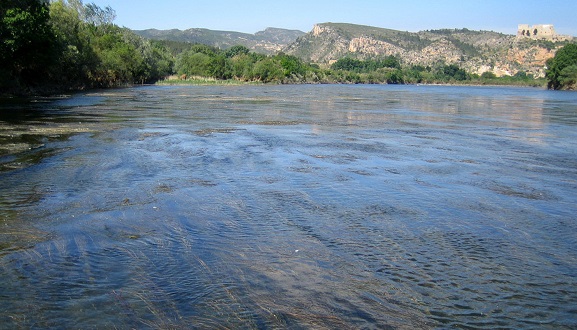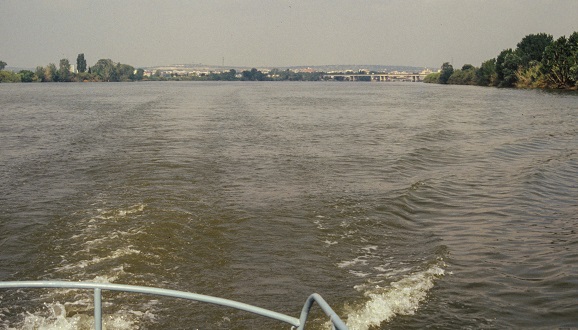The treatment of urban wastewater causes changes in the rivers’ flora and fauna
Partially managing rivers to make them cleaner only by reducing the amount of phosphorus and phytoplankton, can entail undesirable changes throughout the ecosystem due to a nutrient imbalance. This is the main result of a study by researchers Carles Ibáñez at IRTA and Josep Peñuelas, CSIC researcher at CREAF, which was published by Science.

Since the mid 20th century, countries with more industrialized economies have suffered from an excess of phosphorus in their rivers and lakes due to the abuse of fertilizers and detergents with phosphates, industrial pollution and poor urban water purification, among others. This phosphorus overabundance in proportion to nitrogen, which is the other essential nutrient, causes an excessive growth of phytoplankton, the origin of the green aspect that takes the water.
To deal with this organic contamination, in the last thirty years the urban wastewater management has been improved, and so has the use of fertilisers in agriculture. The results are positive: there is less phosphorus and the rivers look more transparent. However, a study published in the journal Science warns that purifying waters so that they become clearer does not always involve a return to the healthy conditions of the river, but it can also lead to undesirable effects throughout the ecosystem.
This is the case of the Ebro, where at the beginning of the 2000s, a sudden change in the water transparency was detected due to the decrease in the phosphorus. Since then, there has been a proliferation of macrophytes (submerged aquatic plants, badly called algae) and the massive appearance of black flies, which causes very serious nuisances to the coastal population.

The research, carried out by Carles Ibáñez, from IRTA in Sant Carles de la Ràpita, and Josep Peñuelas, ecologist from the CSIC at CREAF in Barcelona, compared data from rivers and estuaries, mostly from the United States and Europe. These have gone from being eutrophicated, that is, from having too many nutrients, to a new imbalance between nitrogen and phosphorus. This process is known as reoligotrophication and the published results show that it can have different effects depending on the size and depth of the river, or the type of basin substrate, among other factors.
“Treatments in sewage treatment plants are global and the real consequences must be studied in greater depth, as we have seen that they are not always sufficient”, warns Peñuelas. Thus, according to Carles Ibáñez, “the partial improvement of water quality has advantages, although it also generates disadvantages if integrated management is not carried out at the level of the entire river basin, taking into account both urban uses, agricultural and industrial, as well as the environmental requirements”.
Article referenced:
Carles Ibáñez i Josep Peñuelas. Changing nutrients, changing rivers. Science. DOI: 10.1126/science.aay2723.







